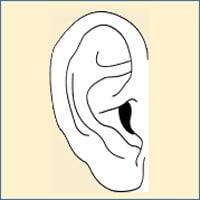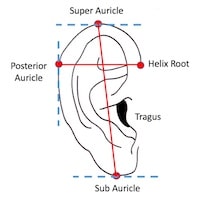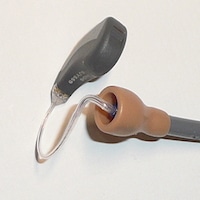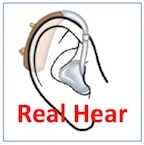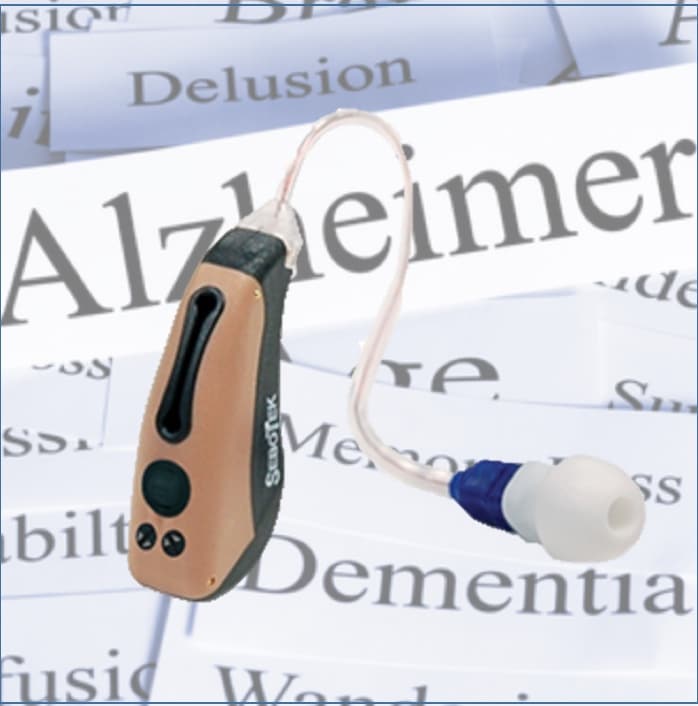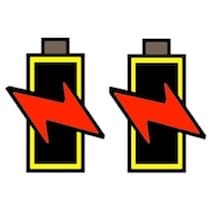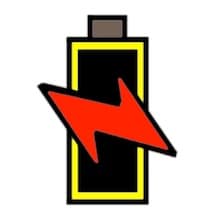Apr. 11, 2017
This post is a third in a series related to the anatomy of the human ear, specifically of the pinna, or auricle. Part 1 of this series started by identifying and defining the main external structural features of the auricle. Part 2 concentrated on two primary dimensions of the auricle – length and width, but looked at these dimensions primarily



